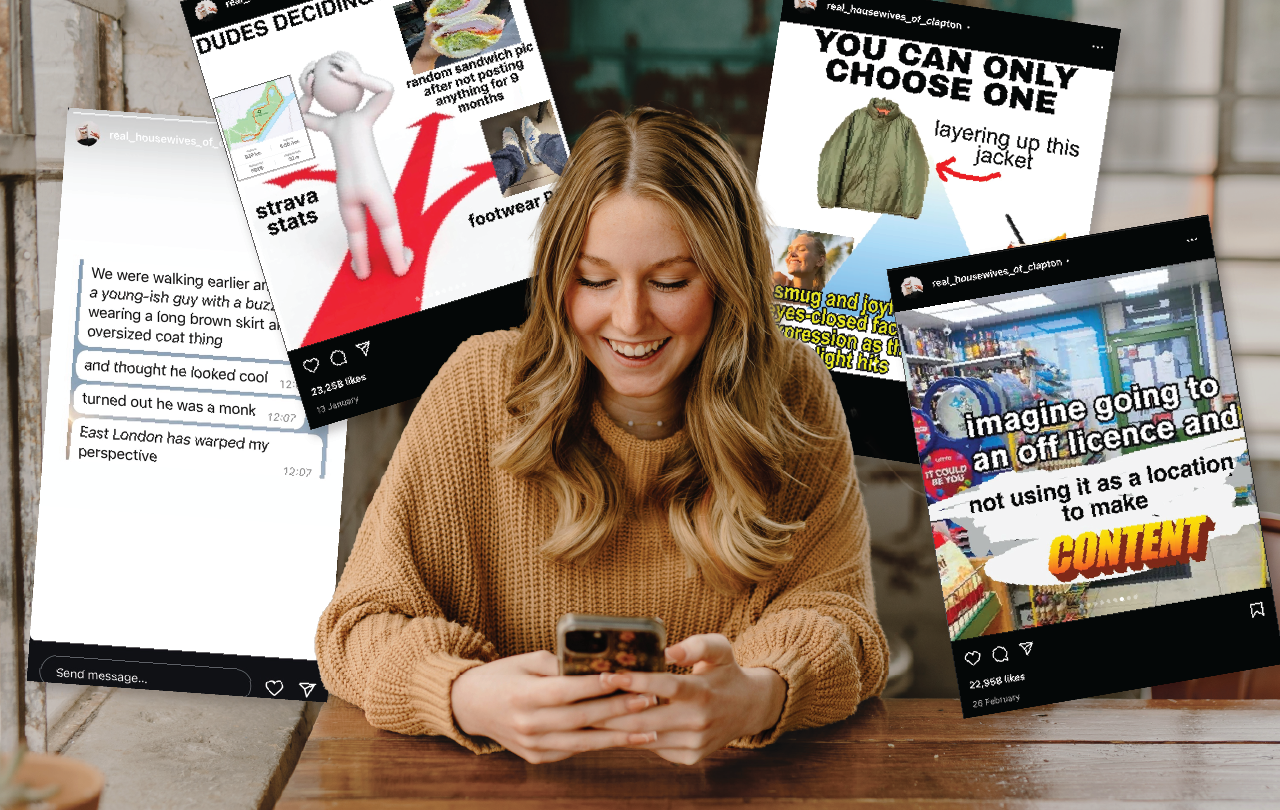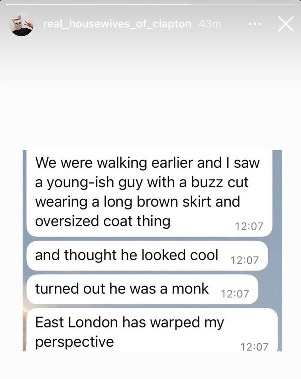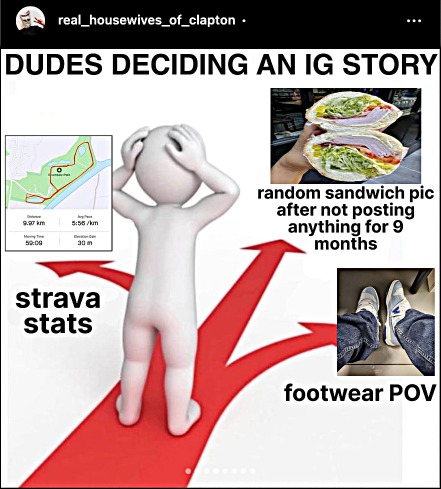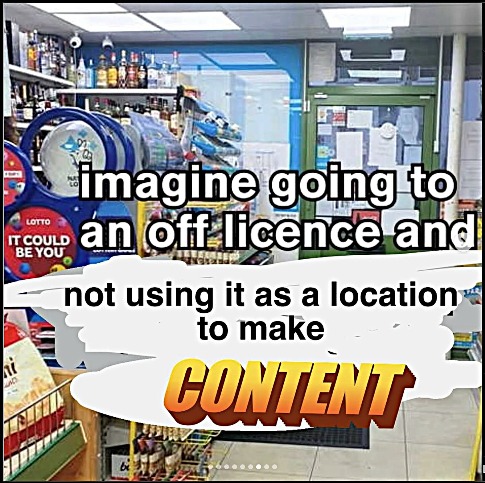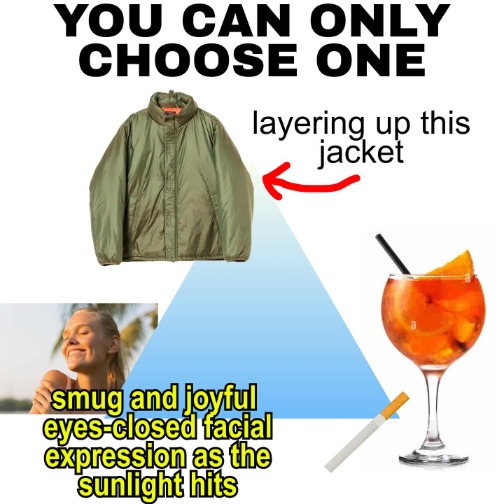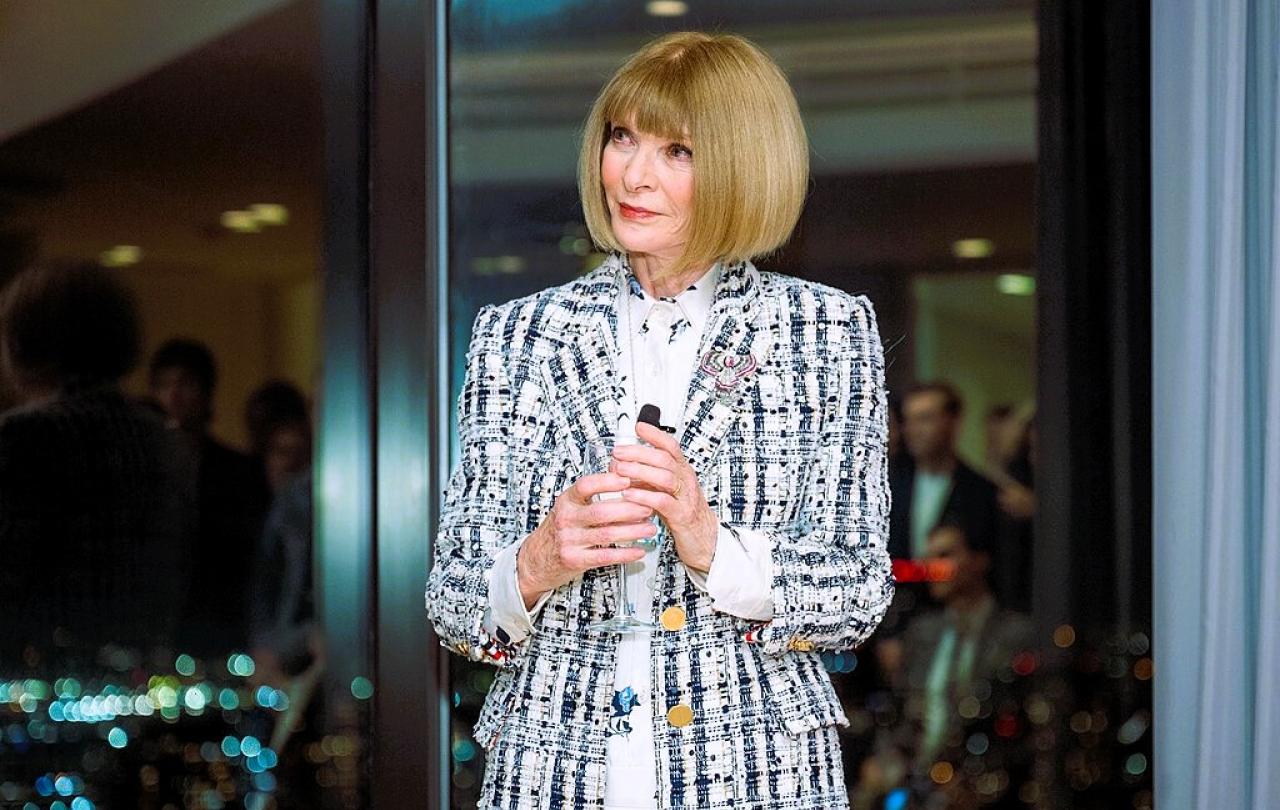
Last month, the Costume Institute at the Metropolitan Museum of Art in New York launched a new exhibition. “Superfine: Tailoring Black Style” highlights the history of Black people resisting white supremacy through their sartorial choices. A few weeks after it opened, the 2025 Met Gala, which serves to raise funds for the Costume Institute, was chaired by Black voices across the creative industries, including A$AP Rocky, Pharrell Williams, Lewis Hamilton, Coleman Domingo and Lebron James. The exhibition has already received rave reviews from Black writers and academics, likely in part due to its co-curation by Monica Miller, who literally wrote the book on the subject Slaves to Fashion: Black Dandyism and the Styling of Black Diasporic Identity.
Concurrently, a few hours south of New York City’s Metropolitan Museum of Art in Washington DC, Donald Trump was calling Diversity and Inclusion initiatives “dangerous, demeaning and immoral.” A series of policies rolled out across the US federal government has led to the shutdown of not only diversity programmes, but a quiet disappearance of wording and other initiatives that might be interpreted as promoting similar themes.
But the Costume Institute, which does not receive any federal funding, is uniquely free to follow Anna Wintour’s steer. And Wintour, Conde Nast’s Chief Content Officer and Editor in Chief of Vogue, is fighting back. “I feel we need to be courageous”, she told the Washington Post last month. Now, she added, is “a challenging time”.
Until now, Wintour has been an unlikely activist. Vogue has long been criticised for a range of ethical issues that include, including lack of diversity, promotion of unhealthy body standards, and the sexualisation of young women. But are the magazine and Wintour now our bastion for future hopes of racial justice and equality?
In 2020, many of my friends and family ordered books and listened frantically to podcasts about race in America because of the events surrounding George Floyd’s death. In May 2020, a video circulated of officer Derek Chauvin suffocating George Floyd as he called out for his mother, leading to a flurry of protests and debates about the racial bias present in institutions.
In those days, learning about the systematic injustice faced by Black Americans and calling for change felt popular. Everyone was doing it. Books like The New Jim Crow by Michelle Alexander, Why I’m No Longer Talking to White People About Race by Reni Eddo-Lodge, The Color of Law by Richard Rothstein, and How to be an Anti-Racist by Ibram X. Kendi filled our Amazon carts and library holds.
These days, many of those books have quietly disappeared from the shelves. For sure, there are those who continue to fight for racial equality. But the winds have changed, with some companies - like Conde Nast - landing on one side, while Google, Meta and Amazon disappear from the horizon.
It’s easier to flip through beautiful images and call it a day, than to be a part of real, diverse communities.
It might seem obvious that brands are not the best source for our moral formation. But the fact is that many of them see themselves as culture-forming and mission-driven. If you don’t have something else to help form your idea of what the world should look like, why not Vogue, with its picture-perfect editorials, or Google, with its future-facing innovations?
For me, my beliefs in diversity and racial justice come from something stronger: my Christian faith and the many Black men and women globally who share this faith with me. It was my reading of Black Liberation theologian James Cone that first showed me the depths of beauty I could gain by understanding my faith through someone else’s perspective. Cone was famous for his book which drew parallels between Jesus’s death on the cross by Roman crucifixion, and the deaths of many Black men by lynching in the American South. Cone stopped me in my tracks, making me rethink a key symbol of my faith. He said this:
“The cross has been transformed into a harmless, non-offensive ornament that Christians wear around their necks. Rather than reminding us of the “cost of discipleship,” it has become a form of “cheap grace,” an easy way to salvation that doesn’t force us to confront the power of Christ’s message and mission. Until we can see the cross and the lynching tree together, until we can identify Christ with a “recrucified” black body hanging from a lynching tree, there can be no genuine understanding of Christian identity in America, and no deliverance from the brutal legacy of slavery and white supremacy.”
It won’t make it into a Vogue editorial anytime soon– but maybe that’s the point.
A faith-based belief in justice comes with challenges. It can feel tiring to face a troubled history of racism in a religious institution. Existing in diverse, faith-based communities brings everything from awkward cultural differences to true and genuine disagreements. The global Anglican communion faces tension between white, liberal progressives in the UK who want to celebrate gay marriage in the Church of England, and an assemblage of Christians of colour in the Global South who maintain strong convictions about traditional views of marriage and gender. Our faith in Christ is the anchor that holds us together. But these are real disagreements; they’re not trivial, and there’s no easy way forward.
It’s easier to flip through beautiful images and call it a day, than to be a part of real, diverse communities. And this is why we can’t rely on people like Anna Wintour to form our vision for the future. As nice and important as it is to promote diversity in models, photographers, and designers, ultimately Vogue will be shaped by what its editors and publishers think will sell on the newsstand.
This is my plea for us all. Let’s not let the shifting tides of any company– Meta or Vogue– decide our ethical convictions towards justice. Let’s rely on something stronger.
Support Seen & Unseen
Since Spring 2023, our readers have enjoyed over 1,000 articles. All for free.
This is made possible through the generosity of our amazing community of supporters.
If you enjoy Seen & Unseen, would you consider making a gift towards our work?
Do so by joining Behind The Seen. Alongside other benefits, you’ll receive an extra fortnightly email from me sharing my reading and reflections on the ideas that are shaping our times.
Graham Tomlin
Editor-in-Chief





